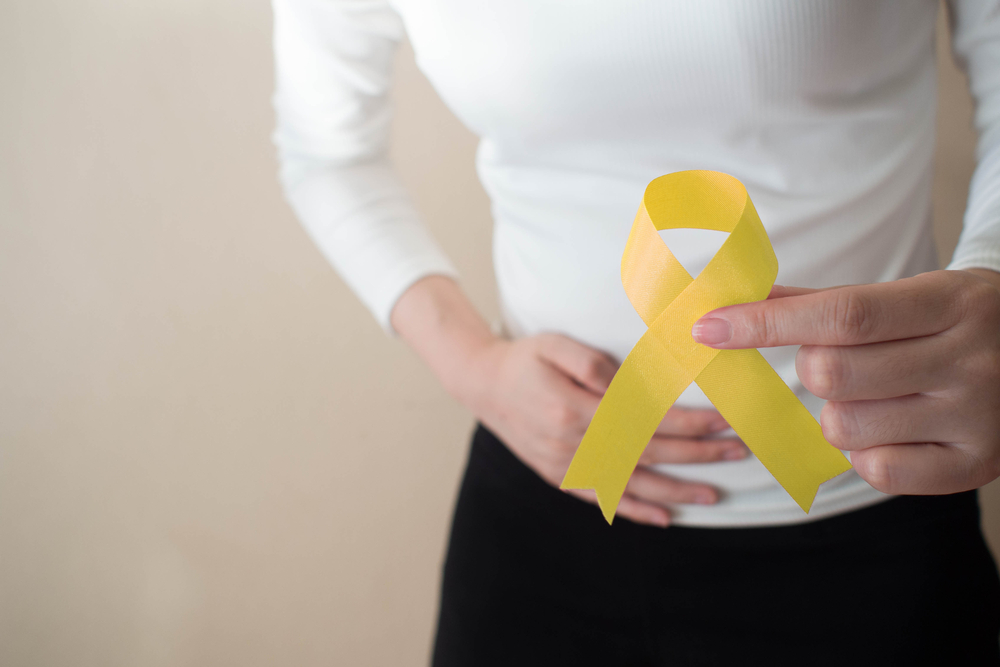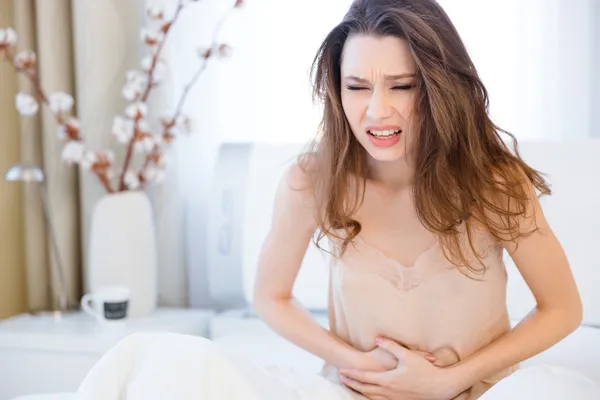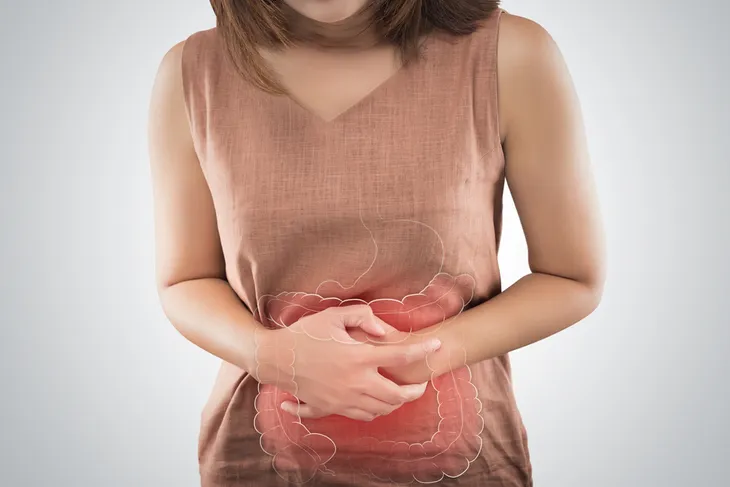Painful bowel movements, stomach cramps, nausea, and abdominal pain are symptoms that women often associated with poor diet and menstruation. However, sometimes these so-called “normal female aches and pains” can indicate a medical condition known as endometriosis.
Endometriosis is a chronic women’s disease. It occurs when cells from the lining of the uterus (endometrium) begin to grow outside the uterus in other pelvic organs, such as the ovaries. This can damage the function of other organs, such as the bladder, intestines, and appendix, and even causing permanent infertility.
Surgery will only remove the endometriosis at the time of the surgery, but not stop the growth of new implants of endometriosis. Suppressing a woman’s period (typically with birth control pills) is the only effective treatment to stop the growth and correct the organ damage.
Don’t ignore the following 11 symptoms of endometriosis…
Pelvic Pain
Mild to severe pelvic pain may be your first indication that something may be wrong. Most endometriosis sufferers report waves of pain before, during, or following menstruation.
Painful Urination
Pain while urinating (known clinically as dysuria) is common to those suffering from endometriosis. The pain associated with endometriosis on the bladder is irritation, urgency, and pain when the bladder is full. There may also occasionally be blood in the urine.
Sore Lower Back and Shoulders
Another vague symptom of endometriosis is also common with a woman’s monthly menstrual cycle. However, most endometriosis sufferers report achy muscles and tension build up in the lower back and shoulder regions during and following menstruation.
Intestinal Pain
Intestinal pain can occur, specifically during your period, during ovulation, when urinating or having a bowel movement, and during or following sexual intercourse. Don’t dismiss this pain as a normal symptom of menstruation when you don’t normally experience discomfort or cramping.
Mood Swings
Women with endometriosis may suffer from mood swings. This is likely caused by the chronicity of the diseases and potentially the hormone treatment used to suppress it.
Blood Clotting
Heavy or irregular bleeding with your monthly menstrual cycle may indicate an underlying health concern, such as endometriosis. Particularly if menstrual blood turns dark, stale looking and appears as sticky or stringy lumps, or clots.
Bowel Changes and Discomfort
Explosive bouts of diarrhea, particularly following a meal can occur with endometriosis. You may also notice blood around the anus after a difficult bowel movement or explosive bout of diarrhea. Diarrhea can be followed by periods of constipation. The diarrhea-constipation cycle may come and go with your menstruation cycle.
Bloating
Abdominal bloating is often expected with your monthly period. However, if you aren’t prone to bloating or water retention, this may be the first sign that there is something out of balance with your body, especially if occasional period pain becomes routine with menstruation to the point where you need to take pain relievers (i.e., ibuprofen [Advil]) to cope or if the abdominal area becomes so swollen you are unable to wear the same size clothing during menstruation.
Infertility
Sadly, medical studies show that between 30 and 50 percent of females who suffer from endometriosis also have trouble conceiving children. The risk of infertility is higher if endometrial tissue grows outside the uterus and attaches itself to the ovaries and fallopian tubes, causing scarring and interfering with ovulation.
Leg Pain
An increasingly common symptom of endometriosis is leg pain. In fact, MedicalNewsToday.com cites a 2016 study that found “as many as 50-percent of people with endometriosis may experience some form of leg pain.”
How exactly does this occur? Well, as mentioned earlier, endometrial cell growth can extend beyond the uterus and into surrounding areas, including nerves in the pelvis and hip area, which extend into the legs. This can cause pain, numbness, and a tingling sensation, not only in the leg but also in the hip, buttock, knee, or foot.
Shortness of Breath
Although rare, in some cases, endometrial cell growth can extend all the way to the diaphragm and lungs. In cases where endometriosis involves the diaphragm, noticeable symptoms can include upper abdominal pain on the right side of the body, pain in the rib cage, pain during inhalation, and nausea.
These same symptoms may be present when endometrial tissue grows in the lungs, along with chest pain, shortness of breath, and shoulder pain. This type of endometriosis, called thoracic endometriosis in the medical world, tends to occur in conjunction with endometriosis in the pelvis, but the onset is much later (around 35 years of age).














